It's a set of devices that help us verify that our products comply with the specifications that we guarantee. It can be done by using sensors and a control system, but usually, for more complex systems, we do it with artificial vision systems.
What Is an Artificial Vision System?
It is the combination of hardware and software capable of performing feature recognition based on image capturing and processing.
An artificial vision system consists of:
1.- Camera
It's the object with which we capture the images. Its capacity must match the processor's, which can also differ according to the application.
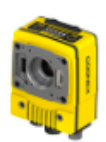
It's very important to have the right lens according to the application,
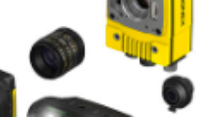
as well as the filters.
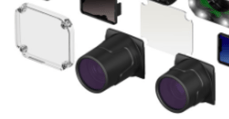
2.- Illumination System
It plays a very important role, as it helps to improve the contrast when capturing the images. This will help us discriminate better, using less processing resources. There are different kinds of lamps that differ in terms of shape, lighting and power. The best one is chosen according to the application, taking care of the reflection and refraction of the object to be inspected. Here are some kinds of illumination:
a) Direct or front lighting
The camera and lighting are directed at the object. It's the most widely used one, even smart cameras and vision sensors have a direct lighting system integrated. It's recommended for objects that hardly reflect any light otherwise, a reflection of light would cause a glare that could block the view of what we are actually trying to inspect.
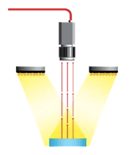
b) Side lighting
The lighting is placed 90 degrees from the camera. This is used to highlight a specific surface of an object otherwise, almost everything would be dark and only the edges of the object would be seen.
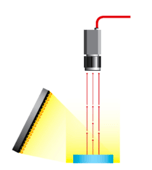
c) Contrast or backlight lighting
The lamp goes is placed front of the camera and the object is placed between the camera and the lamp. It's used to highlight edges/rims, usually to make measurements of the object or to inspect imperfections in transparent objects.
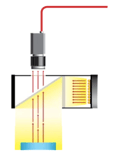
d) Dark field
It's similar to side lighting, only it illuminates around the object.
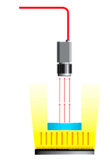
e) Coaxial lighting
The light is emitted laterally on a semi-transparent mirror which deflects the light in the same direction as the camera. This is how we get a diffused light that will help when having objects that reflect a lot of light.
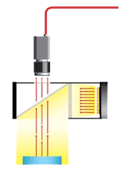
f) Diffuse.
It's based on a principle similar to the coaxial's, only that we use a dome. This is how we get lighting without shadows, which allows us to have a clear image of the object, since it has no excessive brightness. We can then better inspect the image in detail.
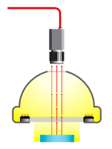
3.- Microprocessor
This one is in charge of processing the images by means of programmed algorithms. Its capacity must match the application's. It may be that the microprocessor which processes the image is located:- Inside the camera (intelligent camera or vision sensor)
- Outside the camera (external processor - an industrial computer)
It looks like a small camera, but it actually performs image processing on the same camera. Processing control can be done with a communication port or a configurable digital inputs and outputs. The program is basic to an artificial vision system, so the processing speed is limited, as well as the number of tools that can be used.
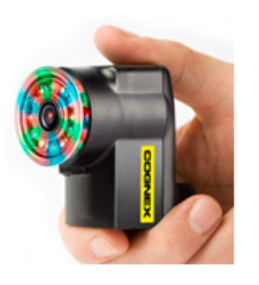
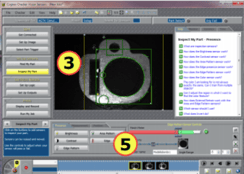
b) Smart camera.
It's similar to the vision sensor, but has a higher processing capacity. Several inspection or measurement tools can be used simultaneously. It's more expensive than a vision sensor.
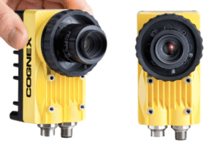
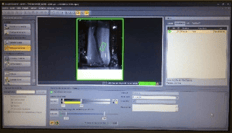
c) Industrial computer.
It's a computer that has an embedded operating system. It has a software that's been installed for the processing of the images: This software retrieves the images from the cameras, processes them and then sends the results using a communication port.
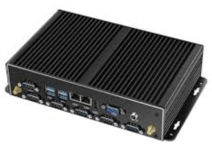
4.- Control system
It's in charge of carrying out an action according to the discrimination that the artificial vision system provided. For example:
- We have a system that verifies the orientation of the bottle- The control system is in charge of sending the instruction, so that the bottle is properly oriented.
- We have another system which inspects the labeling of the bottles- The control system is in charge of sending the rejection instruction for the bottle that has a missing label.
In my next blog, I will tell you how we apply this system in Sauza.
If you want to learn more about our production processes, do come and take one of our guided tours. We are waiting for you!
.png?width=50&height=50&name=10.CS-Redondo%20(1).png)
